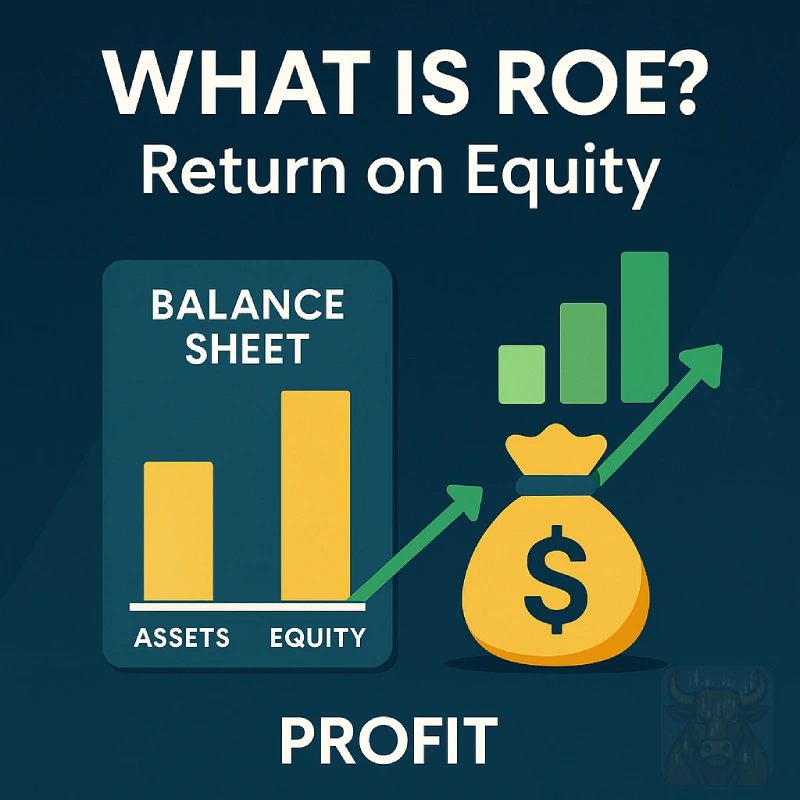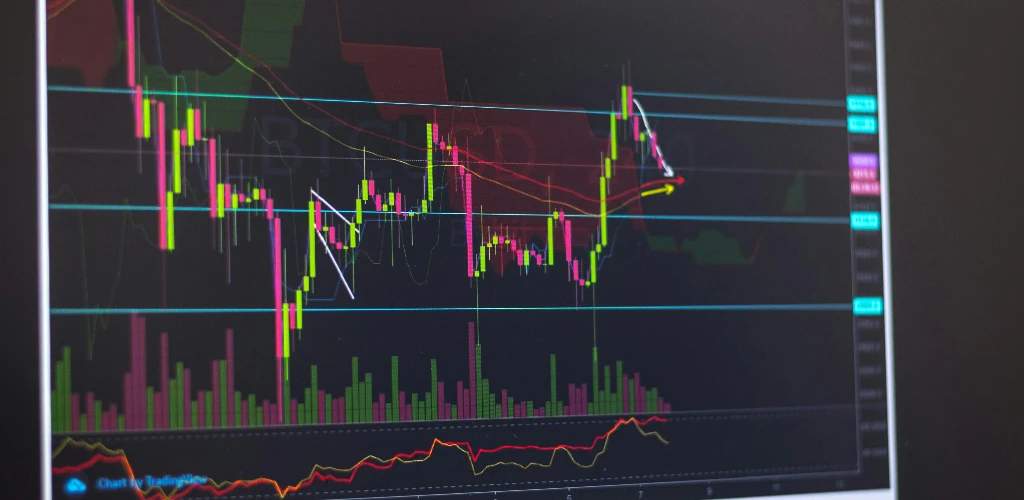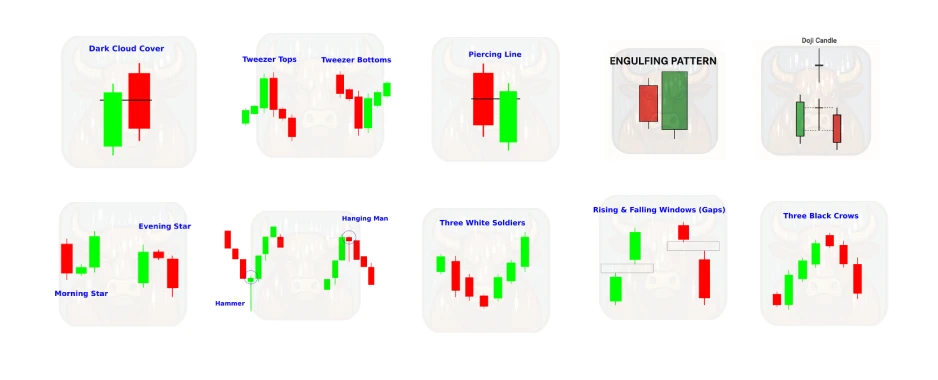📊 What Is the PCE Index? The Fed’s Preferred Inflation Measure Explained (2025 Guide)

Think the CPI is what drives Fed policy? Think again.
While the Consumer Price Index gets the headlines, it’s the PCE the Fed’s preferred inflation gauge, that actually shapes interest rate decisions impacting your mortgage, credit cards, and investments.
In this essential 2025 guide, you’ll learn:
✅ Why the Fed trusts PCE more than CPI
✅ How PCE reveals hidden inflation trends
✅ The surprising items PCE includes (and leaves out)
✅ How to read PCE reports like a Wall Street analyst
✅ What the latest numbers mean for your wallet
💡 What is the Personal Consumption Expenditures (PCE) Index?
The Personal Consumption Expenditures (PCE) price index measures changes in the prices of goods and services purchased by U.S. consumers. It’s the Federal Reserve’s preferred inflation gauge, used to guide interest rate decisions and monetary policy.
Unlike the Consumer Price Index (CPI), the PCE is based on data from businesses and reflects a broader and more dynamic picture of consumer spending—including items paid by third parties like employer-sponsored health insurance.
📌 Key Facts about the PCE Index:
- Published by: Bureau of Economic Analysis (BEA)
- Release schedule: Monthly, typically near the end of the month
- Focus metric: Core PCE (which excludes food and energy)
- Fed’s inflation target: 2% (measured using Core PCE)
Why PCE Matters More Than CPI:
✔ Reflects a wider range of spending, including rural and nonprofit sectors
✔ Updates weights quarterly to capture changing consumer behavior
✔ Measures healthcare differently, including employer and government spending
✔ Serves as the official benchmark for Federal Reserve inflation targeting
⚙️ How PCE is Calculated
The Personal Consumption Expenditures (PCE) price index is calculated by the Bureau of Economic Analysis (BEA) and reflects the changing prices of all goods and services purchased by U.S. consumers.
Unlike the CPI, which relies on consumer surveys, the PCE uses data from business surveys, government programs, and administrative records, making it broader and more flexible.
Key Components:
- Data Sources: Business surveys and government data (not retail price checks)
- Scope: All households, not just urban consumers
- Weightings: Adjusted quarterly based on actual spending behavior
💡 The PCE uses a “chain-type index,” which means it continually updates weights to reflect real shifts in consumer spending patterns, something the CPI does more slowly.
📊 2025 Example: Estimated PCE vs CPI Weightings
| Category | PCE Weight | CPI Weight | Difference |
|---|---|---|---|
| Healthcare | 22% | 8% | +14% |
| Housing | 24% | 34% | -10% |
| Financial Services | 7% | 0% | +7% |
| Food | 8% | 13% | -5% |
Note: These are illustrative estimates for 2025. Official weights may vary slightly in BEA publications.
💡 Pro Tip: The “Supercore PCE” — services excluding housing — is currently the Federal Reserve’s most-watched inflation measure. It helps the Fed understand whether inflation pressure is coming from sticky service categories like education, insurance, or transportation.
📈 PCE vs CPI: Critical Differences
While both the PCE and CPI measure inflation, they do so in different ways, and that makes a big difference for policymakers, markets, and your wallet.
| Factor | PCE | CPI |
|---|---|---|
| Coverage | All U.S. households (broad economy) | Urban households only |
| Weight Updates | Quarterly (more adaptive) | Every two years (biennial) |
| Substitution | Adjusts for consumer behavior | Limited adjustment |
| Healthcare | Includes employer-paid insurance & Medicaid | Only out-of-pocket expenses |
| Fed Preference | Yes , primary gauge for interest rates | Secondary reference |
📉 Latest Available Data (March 2025):
- Headline PCE (YoY): +2.3% (down from 2.7% in February)
- Core PCE (YoY): +2.6% (down from 3.0% in February)
- Monthly Change: 0.0% for both headline and core
These figures show a clear moderation in inflation, getting closer to the Fed’s 2% target. Still, future trends may be affected by new trade policies, like the latest tariffs on Chinese imports.
🗓️ Next PCE Report: Friday, May 30, 2025, at 8:30 a.m. ET
💰 How PCE Impacts Your Finances
Understanding the Personal Consumption Expenditures (PCE) index isn’t just for economists — it can directly affect your financial life.
📉 1. Interest Rates and Borrowing Costs
The Federal Reserve closely watches Core PCE, its preferred inflation gauge, aiming for a long-term target of 2%.
As of March 2025, Core PCE is at 2.6%, and the Fed has held interest rates steady at 4.25%–4.50% for three consecutive meetings (latest: March 18–19-2025).
Higher inflation often leads to higher rates, which can impact your:
- 🏠 Mortgage and credit card interest
- 🚗 Auto loans
- 💳 Personal loan costs
If PCE keeps trending down, borrowing might become cheaper in the future.
📊 2. Stock & Bond Market Reactions
Markets respond quickly to inflation surprises. On days when the PCE report is released, the S&P 500 has historically moved by an average of ±0.9%, though this can vary widely.
📈 Treasury yields tend to react even more sharply than stocks, especially if the data shifts expectations for Fed policy.
🏢 3. Business & Wage Planning
Some corporate contracts, especially in supply chain and labor, are now pegged to inflation indices like Core PCE. In 2025, many companies are budgeting wage increases that track close to inflation trends, with Core PCE often serving as a baseline.
💼 Understanding PCE helps employers and employees negotiate smarter compensation strategies.
🏛️ 4. Government Policy & Benefits
The government uses inflation data to adjust:
- 📊 Tax brackets
- 📈 Social Security and Medicare thresholds
- 🏥 Federal program eligibility
While the CPI is still the main benchmark for most programs, there is growing debate about switching to PCE due to its broader coverage and slower growth — which would impact how benefits grow over time.
🔍 2025 PCE Trends & Methodological Updates
While the headline and core PCE numbers get most of the attention, it’s important to understand how the PCE index itself is evolving, both in what it measures and how it’s calculated.
🧩 1. Evolving Components
- Gig Economy Expansion: The BEA has been working to improve measurement of freelance and contract-based services, a growing share of U.S. consumption.
- Digital Economy Signals: While cryptocurrencies are not yet a formal category, spending related to digital services and platform economies is increasingly integrated through broader service-sector tracking.
🧪 2. Methodology Enhancements
- Faster integration of new products: The BEA now adjusts for emerging consumer trends more rapidly (e.g., AI tools, streaming, telehealth).
- Improved quality adjustments: Especially in healthcare and tech, inflation calculations now better reflect product/service enhancements.
🔥 3. Focus Areas in 2025
- Services inflation remains elevated, especially in categories like insurance, travel, and education.
- Goods inflation has cooled, with some categories showing flat or slightly negative price changes due to supply chain normalization.
❓ PCE FAQs (2025 Edition)
PCE covers a broader range of goods and services and adjusts more dynamically to changes in consumer behavior.
CPI uses a fixed basket of goods and is more commonly cited in the media.
Core PCE excludes food and energy, which are often volatile. The Fed uses it to assess the underlying, long-term inflation trend.
The Bureau of Economic Analysis (BEA) gathers data from business surveys, government agencies, and national accounts. It focuses on what businesses sell to consumers, not just what households buy.
Yes. The Fed continues to aim for a 2% average inflation rate over time, even if short-term deviations occur due to external shocks or policy lags.
📌 Key Takeaways
✅ PCE is the Fed’s go-to inflation gauge, and its movements directly influence interest rate decisions.
📊 In March 2025, core PCE rose 2.6% year-over-year, signaling continued moderation toward the 2% goal.
🧠 Understanding the PCE helps investors and everyday consumers stay ahead of shifts in policy, borrowing costs, and the economy overall.
👋 Thanks for Reading!
If you found this guide helpful, don’t forget to save it to your bookmarks for future updates — especially when the next PCE report drops!
Stay sharp and see you in the next post! 💬📈






